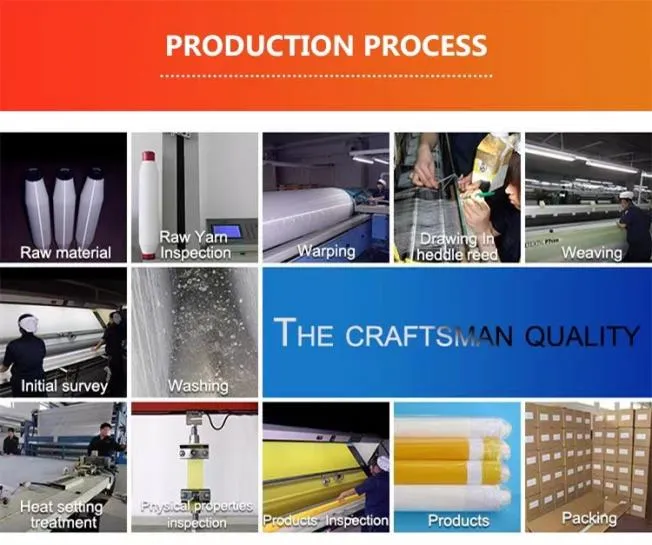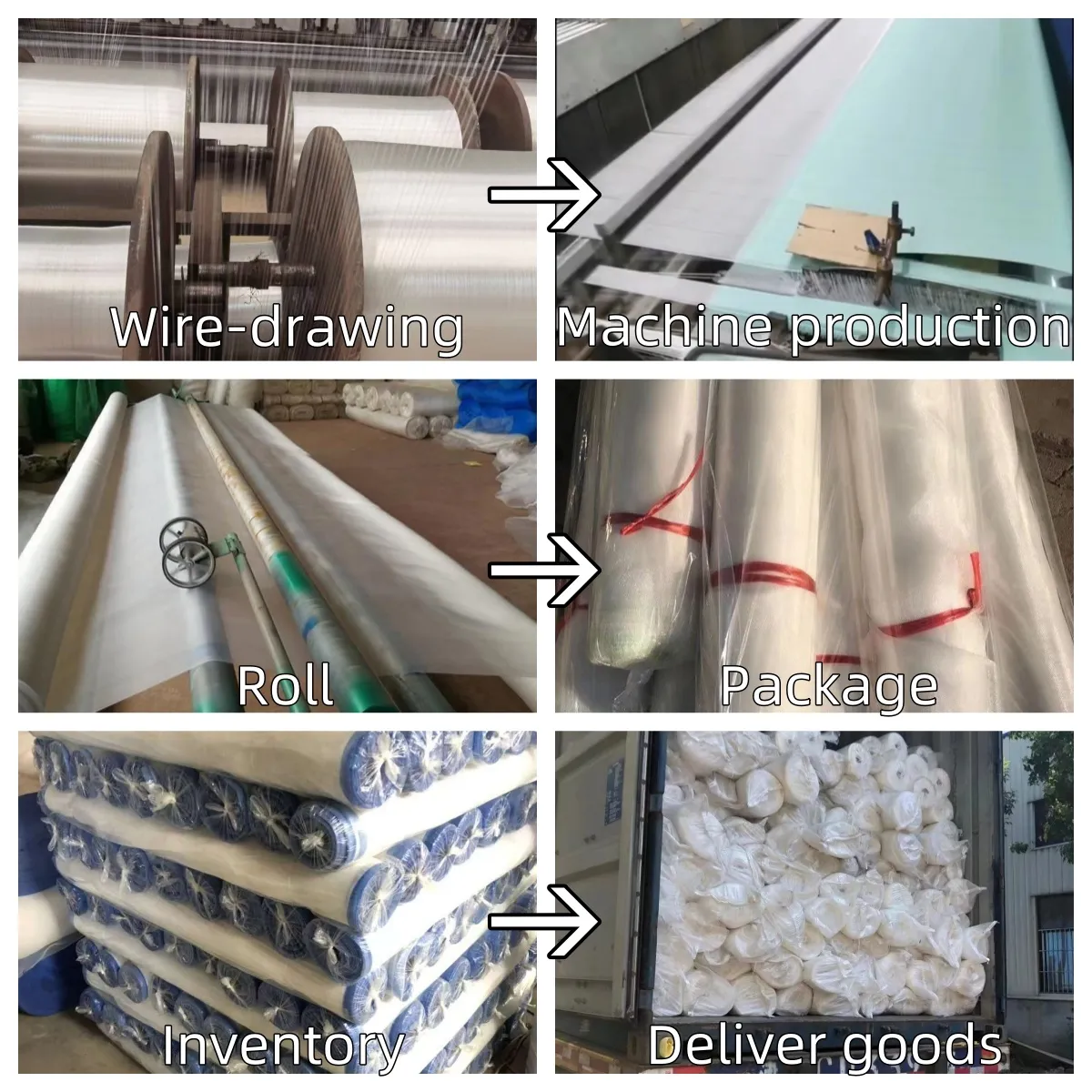-
 Afrikaans
Afrikaans -
 Albanian
Albanian -
 Amharic
Amharic -
 Arabic
Arabic -
 Armenian
Armenian -
 Azerbaijani
Azerbaijani -
 Basque
Basque -
 Belarusian
Belarusian -
 Bengali
Bengali -
 Bosnian
Bosnian -
 Bulgarian
Bulgarian -
 Catalan
Catalan -
 Cebuano
Cebuano -
 China
China -
 Corsican
Corsican -
 Croatian
Croatian -
 Czech
Czech -
 Danish
Danish -
 Dutch
Dutch -
 English
English -
 Esperanto
Esperanto -
 Estonian
Estonian -
 Finnish
Finnish -
 French
French -
 Frisian
Frisian -
 Galician
Galician -
 Georgian
Georgian -
 German
German -
 Greek
Greek -
 Gujarati
Gujarati -
 Haitian Creole
Haitian Creole -
 hausa
hausa -
 hawaiian
hawaiian -
 Hebrew
Hebrew -
 Hindi
Hindi -
 Miao
Miao -
 Hungarian
Hungarian -
 Icelandic
Icelandic -
 igbo
igbo -
 Indonesian
Indonesian -
 irish
irish -
 Italian
Italian -
 Japanese
Japanese -
 Javanese
Javanese -
 Kannada
Kannada -
 kazakh
kazakh -
 Khmer
Khmer -
 Rwandese
Rwandese -
 Korean
Korean -
 Kurdish
Kurdish -
 Kyrgyz
Kyrgyz -
 Lao
Lao -
 Latin
Latin -
 Latvian
Latvian -
 Lithuanian
Lithuanian -
 Luxembourgish
Luxembourgish -
 Macedonian
Macedonian -
 Malgashi
Malgashi -
 Malay
Malay -
 Malayalam
Malayalam -
 Maltese
Maltese -
 Maori
Maori -
 Marathi
Marathi -
 Mongolian
Mongolian -
 Myanmar
Myanmar -
 Nepali
Nepali -
 Norwegian
Norwegian -
 Norwegian
Norwegian -
 Occitan
Occitan -
 Pashto
Pashto -
 Persian
Persian -
 Polish
Polish -
 Portuguese
Portuguese -
 Punjabi
Punjabi -
 Romanian
Romanian -
 Russian
Russian -
 Samoan
Samoan -
 Scottish Gaelic
Scottish Gaelic -
 Serbian
Serbian -
 Sesotho
Sesotho -
 Shona
Shona -
 Sindhi
Sindhi -
 Sinhala
Sinhala -
 Slovak
Slovak -
 Slovenian
Slovenian -
 Somali
Somali -
 Spanish
Spanish -
 Sundanese
Sundanese -
 Swahili
Swahili -
 Swedish
Swedish -
 Tagalog
Tagalog -
 Tajik
Tajik -
 Tamil
Tamil -
 Tatar
Tatar -
 Telugu
Telugu -
 Thai
Thai -
 Turkish
Turkish -
 Turkmen
Turkmen -
 Ukrainian
Ukrainian -
 Urdu
Urdu -
 Uighur
Uighur -
 Uzbek
Uzbek -
 Vietnamese
Vietnamese -
 Welsh
Welsh -
 Bantu
Bantu -
 Yiddish
Yiddish -
 Yoruba
Yoruba -
 Zulu
Zulu
Mar . 04, 2025 12:07
Back to list
Thickened Nylon Mesh
Steel perforated metal is an often-overlooked material that marries aesthetics with functionality. Its unique characteristics have long been appreciated across various industries, from architecture to automotive, offering both beauty and practical benefits. For those who have stumbled upon this versatile material, it may just be the answer to numerous design and structural challenges.
Trustworthiness in a product like steel perforated metal is evident through its consistent performance and longstanding presence in the market. Manufacturers often provide detailed specifications and load-bearing data, ensuring that engineers and architects can confidently include it in their designs without second-guessing its capabilities. This transparency and reliability form the backbone of trust between suppliers and clients, which is crucial for ongoing partnerships and successful project outcomes. For those considering integrating steel perforated metal into their projects, it's advisable to work closely with seasoned providers who can offer insights and customization options. Collaboration can result in personalized solutions that fully leverage the potential of this remarkable material. Whether it’s a small-scale interior renovation or a large commercial endeavor, the material's versatility ensures it can meet an array of technical and aesthetic challenges. In summary, steel perforated metal is not just a raw industrial material; it is an innovative component of modern design that provides significant benefits across sectors. By combining real-world experience, technical expertise, authority in sustainability and construction, and unwavering trustworthiness, professionals using steel perforated metal will find it to be a foundational element that can elevate the quality and impact of their projects.


Trustworthiness in a product like steel perforated metal is evident through its consistent performance and longstanding presence in the market. Manufacturers often provide detailed specifications and load-bearing data, ensuring that engineers and architects can confidently include it in their designs without second-guessing its capabilities. This transparency and reliability form the backbone of trust between suppliers and clients, which is crucial for ongoing partnerships and successful project outcomes. For those considering integrating steel perforated metal into their projects, it's advisable to work closely with seasoned providers who can offer insights and customization options. Collaboration can result in personalized solutions that fully leverage the potential of this remarkable material. Whether it’s a small-scale interior renovation or a large commercial endeavor, the material's versatility ensures it can meet an array of technical and aesthetic challenges. In summary, steel perforated metal is not just a raw industrial material; it is an innovative component of modern design that provides significant benefits across sectors. By combining real-world experience, technical expertise, authority in sustainability and construction, and unwavering trustworthiness, professionals using steel perforated metal will find it to be a foundational element that can elevate the quality and impact of their projects.
Latest news
-
Shipping Plastic Bags for Every NeedNewsJul.24,2025
-
Safety Netting: Your Shield in ConstructionNewsJul.24,2025
-
Plastic Mesh Netting for Everyday UseNewsJul.24,2025
-
Nylon Netting for Every UseNewsJul.24,2025
-
Mesh Breeder Box for Fish TanksNewsJul.24,2025
-
Expanded Steel Mesh Offers Durable VersatilityNewsJul.24,2025











